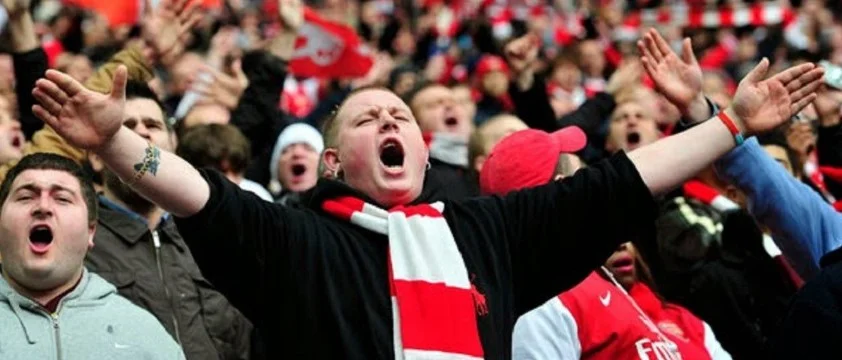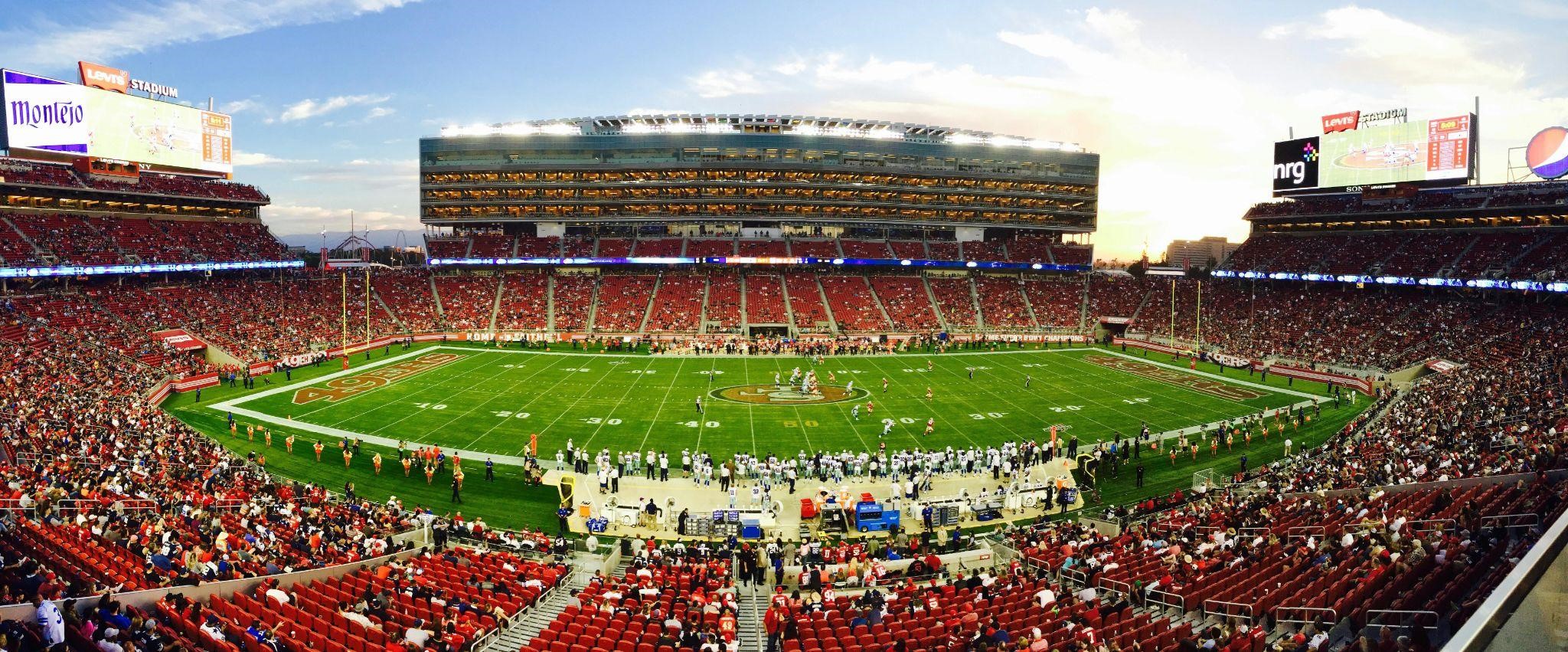How Successful Football Clubs Make Money Every Season
Football clubs have proven to be lucrative busines

Football clubs have proven to be lucrative businesses over the years. With top league clubs making hundreds of millions (if not billions) in euros each season. That is why filthy rich billionaires are scrambling for ownership of top football clubs in the world today. For instance, if you have been following the latest football news, Manchester United is up for sale. The race to its takeover from the Glazers Family is stiff, with a slapping price tag of around £6 Billion.
To add on that, football clubs' success can be seen clearly through the amounts of wages they pay their players. Considering the English Premier League 2022-23 season, Kevin De Bruyne was considered the highest-paid player with a weekly salary of £400,000. The question we should be asking ourselves is; how do football clubs make money to achieve all this success?
Matchday Tickets
The first obvious source of revenue for football clubs is ticket sales. In other words, these clubs fully rely on their fan base to make money. They make the game entertaining and in return, the fans pay for seats at the stadium to watch their favorite sport. Big clubs have stadium capacities of over 50,000 seats with an average price of £100 per seat every match day. This translates to hundreds of million euros for the whole season.
Broadcasting Rights
Another way for football clubs to earn money is by selling match-airing rights to broadcasters. This accounts for the largest percentage of their income. The TV rights tender is very competitive and broadcasters are always willing to offer clubs huge amounts of money. Today, Sky Sports pay up to £9 million per game.
Brand Sponsorships
The next source of revenue for football clubs is brand sponsorships. Top companies pay a lot of money to have their brands worn by players or added to stadium names in order to grow their identity. In the 2019-20 season, Manchester United had more than four sponsorship deals, including Kohler, Chevrolet, Adidas, and AON. Collectively, they received over £160 million from these partnerships. This reminds me of a hot topic going on right now around betting companies football shirts sponsorship. Anyway, these sponsorships are always in the form of:
- Shirt sponsorships;
- Home kit and training kit sponsorships;
- Sleeve sponsorships;
- Stadium naming rights;
- Football kit sales.
Player Transfer Market
As I said, football clubs are businesses. Their main aim is to make enough money to keep the whole franchise afloat while accumulating profits. Selling players for turnover is a huge part of the whole process. Most clubs enroll young talents and turn them into world-class footballers. They then sell them to other clubs for great amounts of money. Alternatively, sometimes they sell their stars for better prices than they bought them. The transfer window has seen some great selling prices, with the historic Neymar’s move from Barcelona to PSG in 2017 costing a whopping £198 million.
Conclusion
Nevertheless, most clubs do their best to make match days super fun and memorable. They ensure supporters have everything they need to make watching the game even more interesting. With some big clubs hosting over 50,000 fans every game day, they generate a lot of money selling football kits, food, drinks, snack, and sports accessories. In other words, just like any successful business, these clubs ensure their customers are satisfied, and they make a lot of money while doing that.







